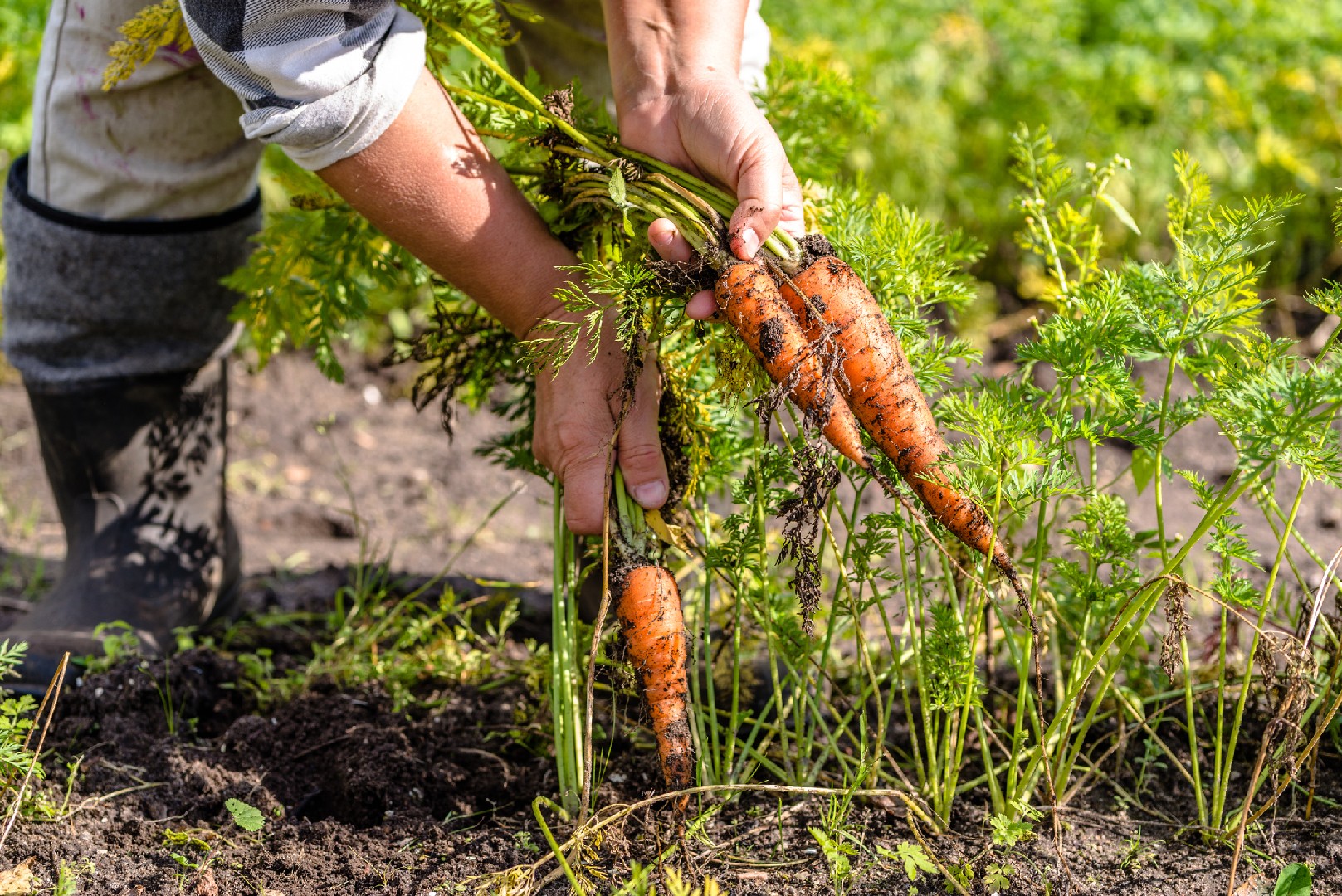![Rectangle]()
Seeds and Beyond: The Overlooked Goodness
Seeds are a treasure trove of nutrition that often goes overlooked. These tiny powerhouses are packed with essential vitamins and minerals that can contribute to a healthy, balanced diet. In this section, we will discuss the health benefits of a variety of seeds and provide simple ways to incorporate them into your meals. Additionally, we will explore seed preservation strategies for the next sowing season, ensuring that you maximize the potential of your harvest.
When it comes to health benefits, seeds offer a range of nutrients that can support your overall well-being. Chia seeds, for example, are rich in omega-3 fatty acids, fiber, and plant-based protein. These nutrients are essential for brain health, heart health, and promoting satiety. Flaxseeds are another excellent source of omega-3 fatty acids, as well as lignans, which have been shown to have antioxidant and anti-inflammatory properties.
Incorporating seeds into your meals is surprisingly easy and can add a nutritional boost to your favorite dishes. Sprinkling a tablespoon of hemp seeds onto your morning yogurt or oatmeal can increase the protein and healthy fat content, keeping you energized throughout the day. Adding a handful of pumpkin seeds to your salad provides a satisfying crunch and a dose of magnesium, zinc, and iron.
Seed preservation is an essential practice for gardeners who want to ensure a successful next sowing season. One method is to collect and store seeds from your best-performing plants. Choose mature, healthy seeds that are free from disease or damage. It's important to store seeds in a cool, dry place to maintain their viability. Many seeds can be stored in airtight containers and kept in the refrigerator or freezer to extend their shelf life.
Another preservation technique is seed-saving, where you intentionally allow some of your plants to go to seed. This not only saves you money but also helps to preserve the genetic diversity of plant species. Before harvesting the seeds, make sure they are fully mature and dry. Remove any debris or plant matter and place the seeds in a labeled envelope or jar, storing them in a cool, dry place.
In conclusion, seeds are a valuable resource that often goes untapped. By understanding their health benefits, incorporating them into our meals, and practicing seed preservation, we can maximize the yield from our harvests and cultivate a sustainable approach to nutrition and gardening. Start experimenting with different seeds and methods today, and reap the rewards of their overlooked goodness.





